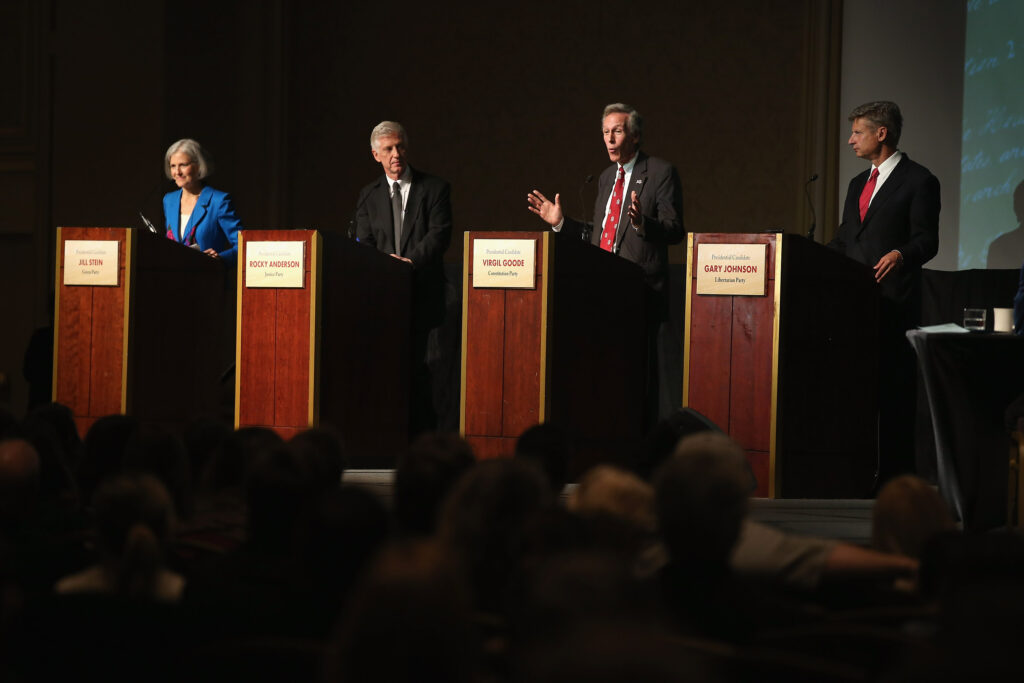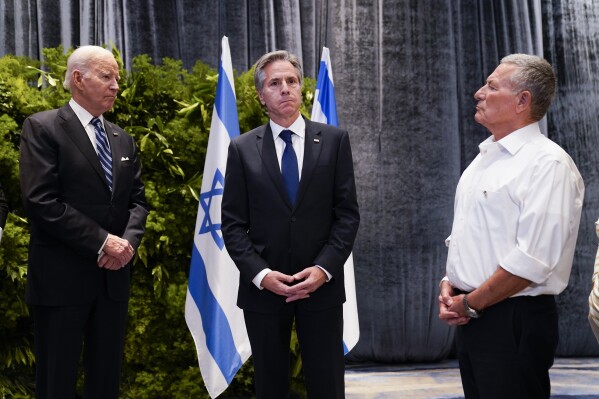The two-party system has dominated American politics for over 200 years. However, in recent years, there has been a growing movement of third-party candidates who are challenging the status quo. These candidates are running on a variety of platforms, but they all share the belief that the two major parties are not adequately addressing the needs of the American people.
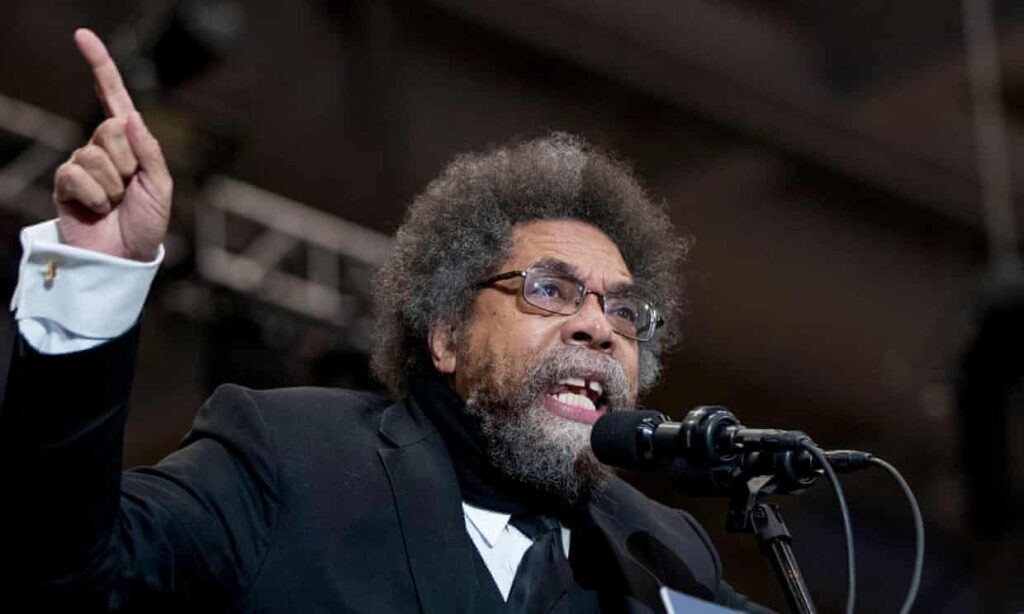
There are a number of reasons why third-party candidates are gaining popularity. One reason is the increasing dissatisfaction with the two major parties. Many voters feel that the Democrats and Republicans are too beholden to special interests and that they are not adequately addressing the concerns of ordinary people. This dissatisfaction has led some voters to look for alternatives among third-party candidates.
Another reason for the rise of third-party candidates is the rise of social media. Social media platforms have made it easier for third-party candidates to reach voters and build support. In the past, third-party candidates were often overshadowed by the two major parties in the media and in fundraising. However, social media has given them a platform to get their message out and to connect with voters directly.
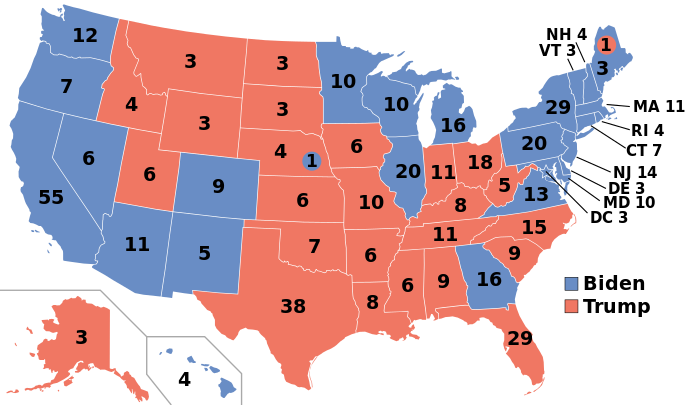
The success of third-party candidates in recent polls is a sign that this trend is likely to continue in the years to come. If third-party candidates are able to maintain this momentum, it could have a significant impact on American politics.
The Impact of Third-Party Candidates
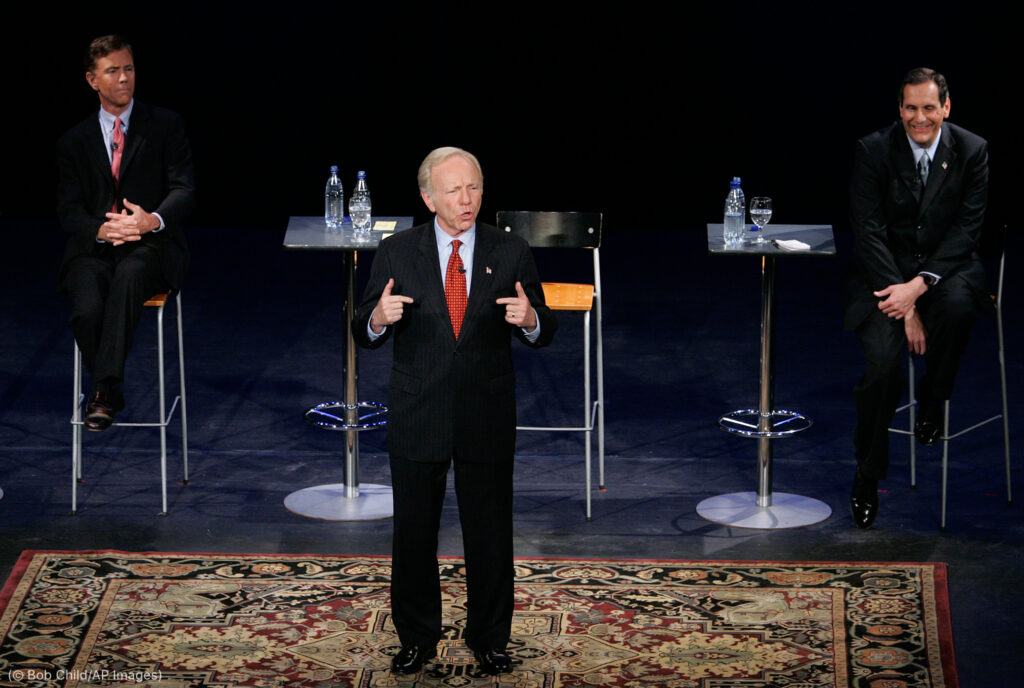
Third-party candidates can have a significant impact on American politics in a number of ways. First, they can force the two major parties to be more responsive to the needs of the American people. When voters see that there are viable alternatives to the two major parties, it puts pressure on the Democrats and Republicans to address the concerns of ordinary people.
Second, third-party candidates can help to raise awareness of important issues. By running on platforms that are different from the two major parties, third-party candidates can help to bring attention to issues that are often ignored by the mainstream media.
Third, third-party candidates can help to break the duopoly of the two major parties. If third-party candidates are able to win elections, it could lead to a more pluralistic political system in the United States.
Challenges Faced by Third-Party Candidates
Despite the growing popularity of third-party candidates, there are a number of challenges that they face. One challenge is the difficulty of getting on the ballot. In many states, third-party candidates have to collect a large number of signatures in order to qualify for the ballot. This can be a daunting task, especially for candidates who are not well-known.
Another challenge faced by third-party candidates is fundraising. The two major parties have a significant financial advantage over third-party candidates. This makes it difficult for third-party candidates to get their message out and to compete with the major parties on an even playing field.
Finally, third-party candidates often face an uphill battle in the general election. The two major parties have a well-established infrastructure and they are able to mobilize their supporters more effectively than third-party candidates. This makes it difficult for third-party candidates to win elections, even if they are able to get on the ballot and raise enough money.
Conclusion
The rise of third-party candidates is a positive development for American democracy. It gives voters more choices and it forces the two major parties to be more responsive to the needs of the people. However, third-party candidates face a number of challenges, such as the difficulty of getting on the ballot, fundraising, and winning elections.
Despite these challenges, third-party candidates are making progress. They are seeing record levels of support in polls and they are winning elections at all levels of government. If third-party candidates are able to maintain this momentum, it could lead to a more pluralistic and responsive political system in the United States.
Additional Information
In addition to the information provided above, here are some additional details about the rise of third-party candidates:
- According to a recent poll by the Pew Research Center, 62% of Americans believe that a third political party is needed. This is the highest level of support for a third party in over 30 years.
- In the 2020 presidential election, third-party candidates received a record 3.3% of the popular vote. This is the highest level of support for third-party candidates since 1992.
- Third-party candidates have also made significant gains in recent state and local elections. In 2022, third-party candidates won a record 27 seats in state legislatures.
The rise of third-party candidates is a significant development in American politics. It is a sign that voters are becoming more open to voting for candidates outside of the two major parties. If third-party candidates are able to maintain this
